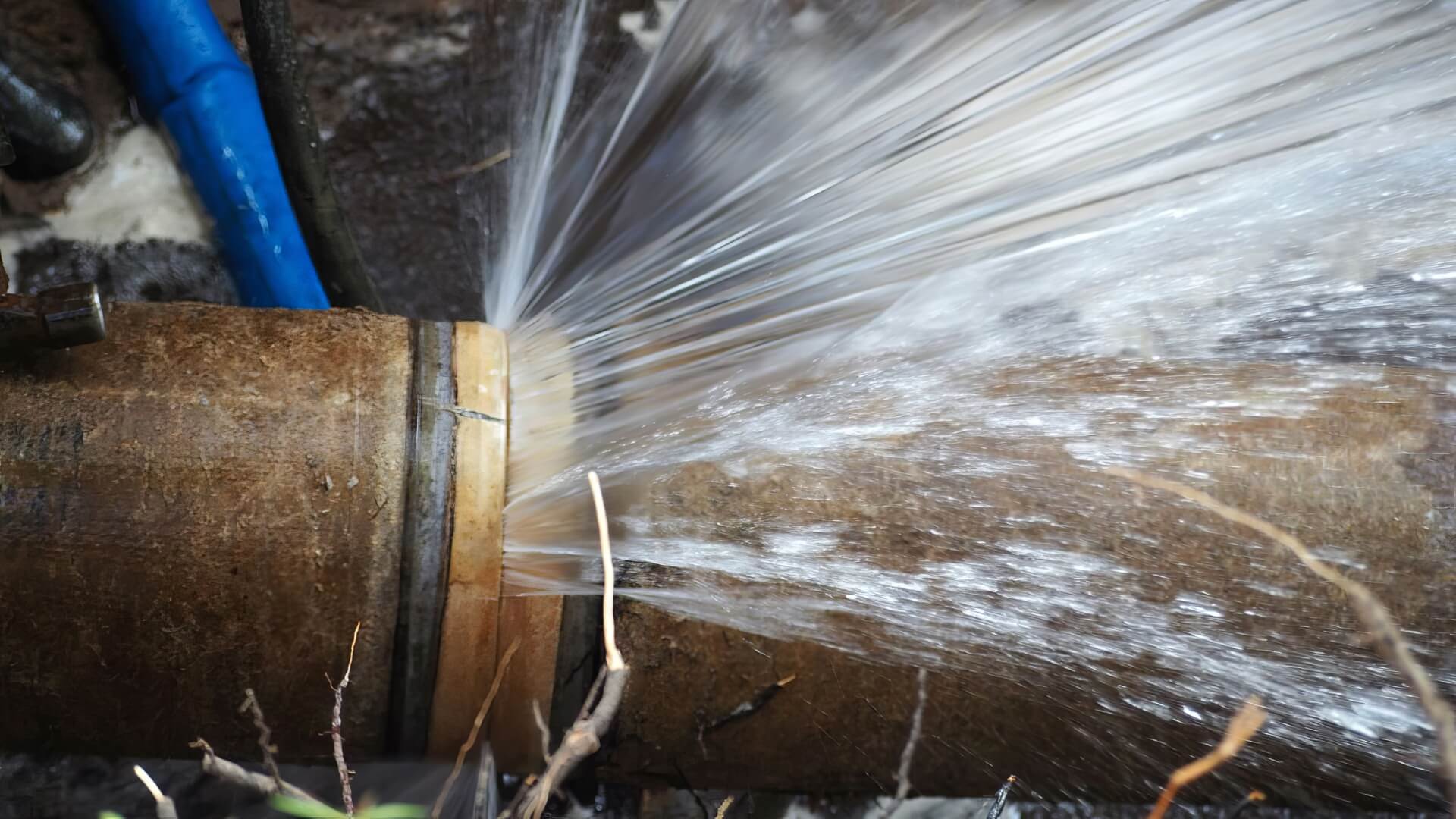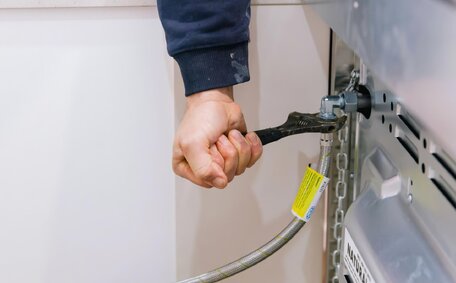Introduction: Soil, Sediment, and Blocked Drains
Blocked drains cause significant disruptions to homes and businesses, necessitating swift and effective remedies. In Beecroft, soil and sediment are primary factors in drain blockages.
When sediment and debris enter the drainage system, it interrupts proper water flow and can lead to backed up pipes, flooding, foul odours, and damage over time if left untreated.
Urban development, agriculture, and natural disasters such as bushfires often intensify natural soil erosion and subsequent sediment accumulation.
The consequences of sediment blockages can be costly and hazardous. Preventing soil erosion and excessive buildup of sediment is crucial for maintaining functional drainage systems, protecting water quality, and avoiding flood damage during heavy rains. Proper installation and ongoing maintenance are essential in preventing drainage system blockages.
This article examines common causes of sediment pollution and buildup, how it leads to clogged drains, and prevention methods homeowners and businesses can employ to keep their drainage systems operating smoothly.
Where Soil and Sediment Come From in Drainage Systems
Soil and sediment enters drainage systems from a variety of sources. In the Beecroft area, urban development has led to more erosion-prone cleared land. Sediment runoff from these sites gets transported into local creeks and stormwater drains after heavy rainfall.
A major contributor is erosion from land clearing, agriculture, construction sites, bushfires, and other soil disturbing activities. Sydney Water reports that soil constitutes approximately 60% of the sediment in the stormwater system across the greater Sydney area.
Sediment also enters drainage infrastructure through cracks, disconnected downpipes, cross connections with sewers, and damaged drain lines. Older drainage networks are especially vulnerable to sediment intrusion from surrounding soil and groundwater. Construction work can loosen soil that then flows into open drains and pipes.
Rainfall causes urban runoff to collect pollutants from roads and pavements, with soil, foliage, and vehicular deposits contributing to this pollution. Heavy rainfall then flushes this polluted runoff into adjacent storm drains.
Sediment pollution poses a high risk after bushfires burn through vegetation, exposing soil to heightened erosion during subsequent rainy periods. Bushfire impacted regions like Beecroft face elevated drainage blockage risks in the years following major fire events.
Impact on Water Quality and Environment
Excess sediment flowing into waterways can severely degrade water quality and damage aquatic environments. When sediment levels get too high, water becomes murky, reducing the amount of sunlight reaching underwater plants. This impacts the whole food chain, disrupting ecosystems.
Sediment also smothers riverbeds and lake floors, destroying the habitat for bottom-dwelling organisms like small invertebrates and fish eggs. The disturbed sediment releases nutrients like nitrogen and phosphorus, reducing oxygen and enabling algal blooms that suffocate aquatic life.
The NSW EPA notes that increased sediment results in additional treatment costs for water utilities like Sydney Water, which can total $15 million annually.
Post bushfire, flood, storm, or construction, heavy sediment loads detrimentally affect habitats before waterway health recovers.
Common Blockage Areas
Certain parts of drainage systems face higher risks of clogged pipes and blockages from soil and sediment accumulations.
Internal drain lines are prone to obstructions as sediment settles out of slow moving water flows. Horizontal pipes have low gradients where heavier particles easily settle out. Belly sags and dips allow deposits to accumulate over months or years before suddenly blocking water flows.
Debris and sediment also readily clog gully trap sumps that collect surface runoff.
The Institute of Public Works Engineering Australia indicates that about 60% of NSW’s reported drain blockages are in gully pits.
Sediment buildup tends to be most problematic around stormwater drain exits, outlets, culverts, and anywhere flows slow down. Sediment deltas advance upstream whenever conditions allow until hitting constrictions where sudden damming occurs after heavy rainfall. Flood gates also commonly jam open from excessive debris and sediment.
In older suburbs, issues arise where downpipes remain connected into combined sewer/stormwater networks. Heavy rains can cause surges of sediment from stormwater into sewer pipes, creating blockages. Tree roots penetrating cracks along these ageing pipelines also catch solid debris floating past, causing protracted drainage headaches.
Preventing Drain Clogs
With sediment-related blockages being so prevalent, prevention is key for homeowners and businesses seeking to avoid headaches from clogged drains in Beecroft. Some useful tactics include:
Regular Maintenance
Regular drain inspections and cleanings effectively prevent sediment and debris accumulation that leads to blockages. Biannually, engage a licensed plumber to assess internal drains using CCTV technology. They can also hydro jet any trouble spots if needed.
Downpipe Screens
Install removable screens or grated covers over gutters and stormwater drain entry points. This filters out leaves, litter and other debris that contribute to blockages inside the pipe network.
Silt Control Barriers
Silt fencing, hay bales and site entry controls during construction or land development can divert sediment-laden runoff away from drains. Preventing soil from entering the system avoids future build up.
Water Treatment Devices
Proprietary stormwater treatment solutions help capture sediment and filter pollution from rainfall runoff. Various traps, nets, separators and biofilters on offer target different sediment types and site conditions.
Raingardens and Rainwater Tanks
Implementing raingardens, swales, and rainwater tanks mitigates stormwater flow into drainage systems. Less water flow means lower risk of sediment scour and transport into pipes. Capturing contaminants close to source also prevents wider pollution.
Sediment Control with Silt Bags
Silt bags provide a simple and affordable way for homeowners and smaller construction sites to filter out sediment from water flows. They act as a barrier to capture soil particles, preventing them from entering and polluting nearby drains or waterways.
Silt bags consist of a durable geotextile fabric filled with a high flow filter media inside. Common fill materials are straw, compost, woodchips, or coarse sand. As muddy water passes through the bag, sediment drops out and clarifies before discharge.
To work effectively, silt bags require proper installation.
Locate them on relatively flat ground where they can fully intercept drainage flow paths. Stake bags firmly into place and overlap multiple units for wider areas or heavier flows.
For steep slopes or large construction sites, more complex sediment basin ponds, sediment fences and flocculation treatments would be recommended over basic silt bag controls.
Maintenance involves checking for leaks, blockages or buildup behind bags after rainfall. Remove accumulated sediment then replace bag if torn. During prolonged dry weather, silt bags can be removed and stored until next needed.
Strategically placed silt bags are an efficient initial barrier against sediment from minor construction projects or residential exposed soil areas. They stop the pollution source rather than trying to remove sediment from blocked drains later on.
Proper Drain Installation and Maintenance
Correct installation and ongoing maintenance of drainage infrastructure is crucial for preventing blockages from sediment accumulation over time. Improper construction or neglecting maintenance can lead to a heightened risk of clogged drains, water damage, and even sewer overflows.
During construction or renovation, licensed plumbers adhere to strict standards to correctly size pipes, install gradients for optimal flow, securely connect stormwater and sewer lines, and prevent system cross-contamination. We at Beecroft Plumbing stay up-to-date with the latest design regulations to construct robust, sediment-resistant drainage networks.
Avoid these common mistakes during installation:
- Undersized piping unable to cope with peak storm loads
- Low gradient falls where sediment readily settles out of slow flows
- Unsecured joints allowing soil/runoff intrusion into the pipe system
- Connections between storm and foul water pipes spreading contamination
Regular cleaning and inspection provide cost-effective protection for even well-installed drains. Beecroft Plumbing conducts biannual CCTV inspections to pinpoint potential blockage areas. Catching issues early means lower cost rectification before major blockages or overflows occur.
Repairing older drainage systems prevents sediment entry through cracks and disconnections. We specialise in pipe relining, a trenchless technique that reinforces old pipes. Additionally, we use chemical root cutting to eradicate tree roots that trap debris.
By combining quality drainage construction with preventative maintenance, homeowners and businesses minimise risks from sediment buildup. Beecroft Plumbing has a 50 year track record delivering these solutions throughout the North Shore area.
What To Do If You Have a Blocked Drain
Dealing with a blocked drain can be frustrating, messy, and harmful if left unchecked. But prompt action helps minimise damage, restore proper drainage, and prevent recurrences.
Warning signs of a blockage include gurgling sinks/drains, foul sewage odours, slowly draining water, pooling water, or overflow flooding. If noticed, follow these steps:
- Stop all water use and plug bathroom/laundry drains if safe to prevent further flooding.
- Check your property for visible overflowing drains or water pooling near vents and pipes outside. Block these off safely if found.
- If toilets/sewer lines back up with sewage, keep bathroom doors closed and avoid using taps/flushing if possible.
- Phone Beecroft Plumbing on 1300 349 338 for immediate assistance. After hours, follow the prompts to be connected to our emergency plumber.
- If safe and accessible, use a plunger over sink, shower, bath and toilet drain openings to help dislodge the blockage.
In most cases, prompt attention from our licenced Beecroft plumbing specialists can clear drains and prevent recurrence. We use the latest high pressure water jetting equipment combined with our detailed drainline knowledge of local homes in the area.
Email your issue to Beecroft Plumbing, or schedule a service online at a time that suits you. One of our friendly staff will respond with priority assistance.
Neglected blockages in drains can escalate, potentially resulting in cracked pipes, water damage, sewer overflows, or even sinkholes. So don’t hesitate to contact the trusted local experts at Beecroft Plumbing when troubles arise.





